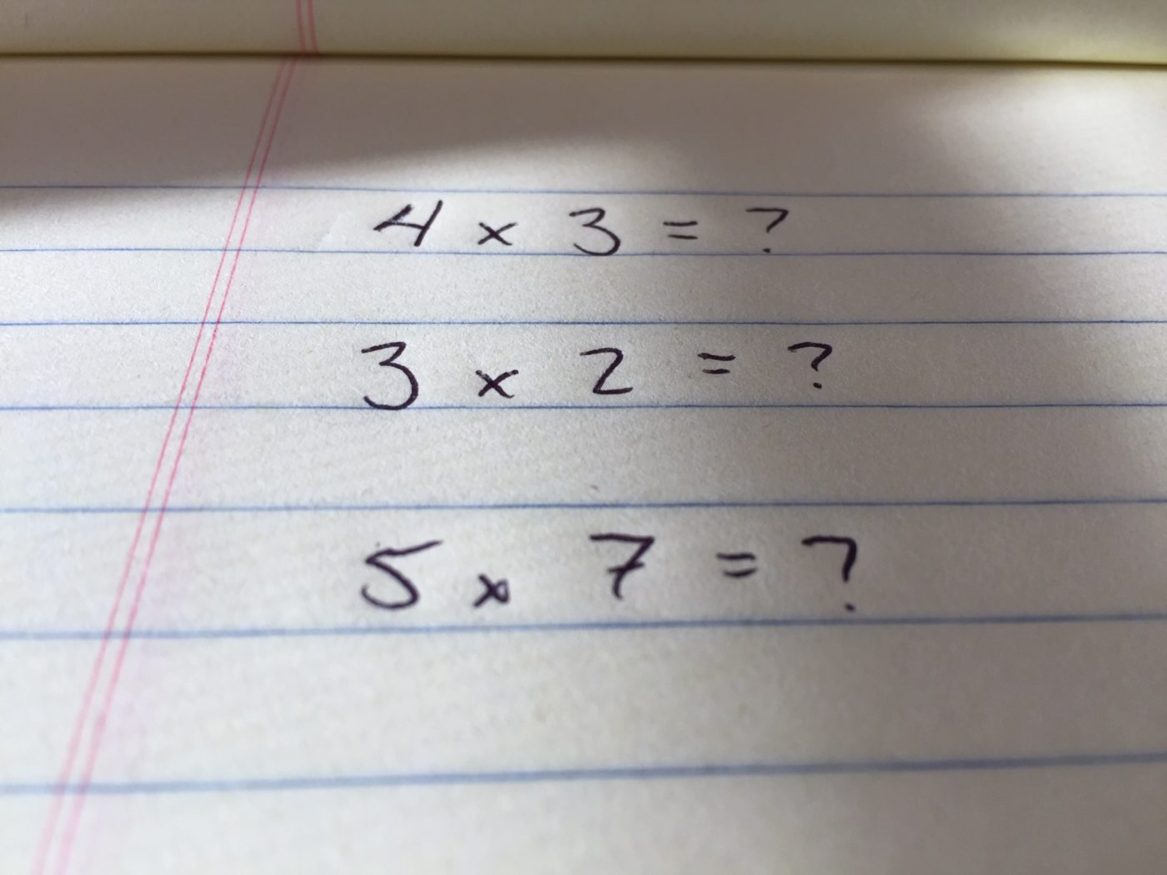Today, we’re going to explain why studying like a fourth grader can lead to more success than how you might currently be studying.
Ultimately, the goal of this post is to try to get you unstuck from any lack of progress you’ve experienced lately and show you how to succeed.
Let’s get into it.
The Most Popular Study Method We See
The SIE Exam difficulty level is noticeably lower than that of the Series 7 exam difficulty. However, many students that implement the same study method for both, find the latter quite challenging to overcome.
That said, we see many approaches to studying, but the most popular involves a major flaw.
First, students read the text book from cover to cover – a good first step. Next, they start doing practice questions – another good step. Third, they continue doing practice questions in no particular order. This is where things break down.
Without a well thought-out strategy when it comes to practice questions, most people continue to get the same sections wrong. With a randomized approach to practice questions, the more troublesome questions will infrequently be touched on. Without enough concentrated attention, troublesome questions will remain troublesome.
For this, there’s an easy fix.
Studying Like a Fourth Grader
When we were younger we were told what to study in school. However, few of us were ever told why we were studying the way we were. Understandably, the “why” mattered less than the “what” at the time.
However, now that we’re older and don’t have the structured study lessons laid out, it’s important to come up with effective ways to learn on your own.
When it comes to getting unstuck from a specific section of the exam, there are some study tools that you used when you were younger that you probably didn’t even know were effective. Some of the most important include batching and repetition (or review).
Study Tools
The first is what we call “batching.” After you’ve read the textbook, and done enough practice questions to get a sense of your weak areas, take a look at the major parts of the exam, and where you’re scoring the lowest in those sections.
(Note: Kaplan does an excellent job at offering more questions in areas of focus for most exams, so you can use their QBank weightings as a guide to what will most heavily be tested)
Next, be very intentional (and specific) with your practice questions. For example, if you’re having trouble on the Options section of the Series 7 exam, make sure that you know where exactly the trouble is coming from. Is it spreads, straddles, hedging, or maybe taxation?
Once you’re clear on that, use your study material to put together a custom practice quiz on 10-15 questions on that specific subject. Don’t include any other sections, other than the one that you need work on.
For instance, if Options taxation is a big issue then do 10-15 questions on Options taxation.
Do practice questions from this area for at least two days in a row. Then do another set about a week later.
This is the repetition portion of your studying, and the review is key.
In a nutshell, similar to the same way you practiced your multiplication in grade school, repetition, focus, and practice will lead to the most success. Create your own study plan, and try these simple tricks. You’ll get unstuck in no time! Contact us if you need any help! Good luck!

